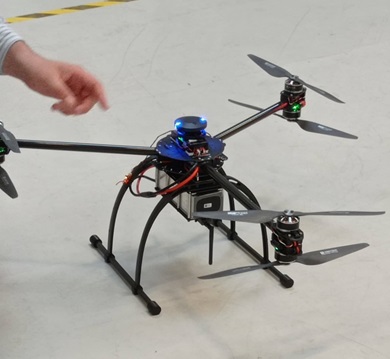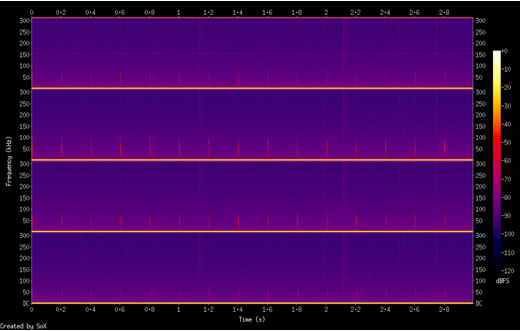Drones & AI
Motivation
To non-invasivly study animal behaviours, measurements must be taken where these animals naturally occur. Therefore, this research aims to develop the means to carry measurement equipment, autonomously, to where bats are in a large area. Drones are an obvious candidate to make measurements where humans cannot reach, however, the autonomous localisation and measurement of fast-moving and acrobatic animals, such as bats, has yet to be fully explored.
Current work
We are developing new search algorithms, for use by drone swarms, to autonomously search large areas of habit for bats. Locating a fast-moving bat in a large area is the primary research issue. If the behaviour of a target is the variable to be measured, then it cannot be used in the algorithm to find the target. With no information about where the bat is, or how it is moving, an efficient search algorithm is being developed. Bats are only hunting for approximately two hours and the battery life of a drone is approximately 20 minutes, so speed is a vital consideration for efficiency of this search algorithm.
A small thermal camera has been implemented that can give live thermal data, but the resolution is small and may not be useable by the system. Commercial drone mounted thermal cameras have been considered but are commonly restricted to the drone controller. i.e. the data is recorded and saved as a file but cannot be streamed live into an outside piece of software.


Future work
The research is ultimately aimed towards using multiple drones to search more efficiently than one solitary drone. The secondary research issue is if multiple drones are indeed more efficient. Using the search algorithm already devised from the first research issue, an experiment will be undertaken to directly compare multiple drone searches to the previous data. By solving the first two issues, a group of drones will be able to locate a bat in a large area.Last Updated 26.01.2021